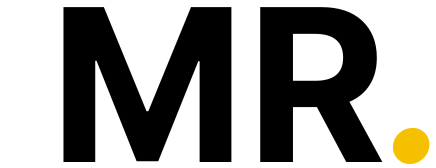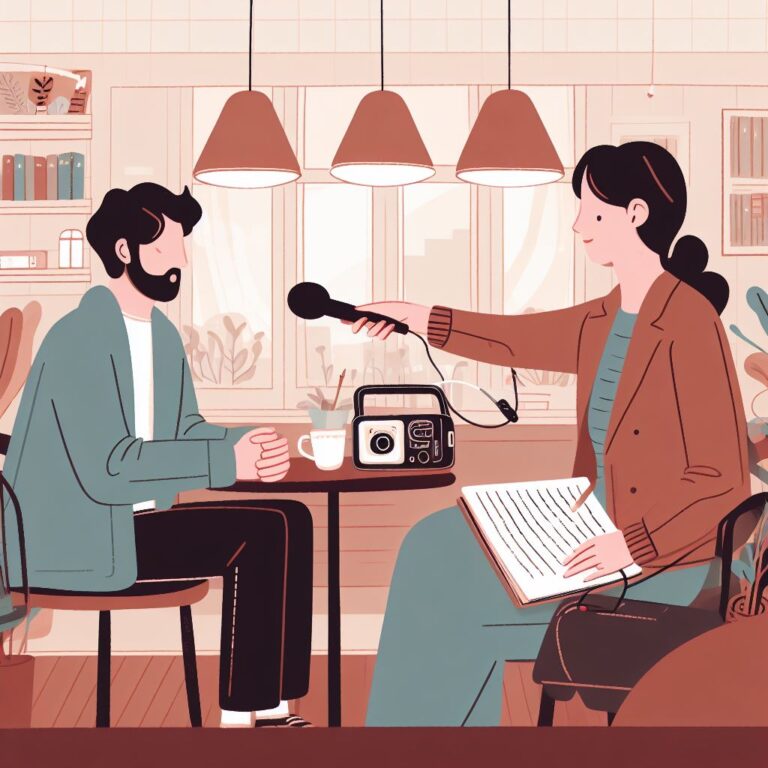Every author has a dream of achieving the milestone of selling one million copies of their book. Selling a million copies of your books means getting a lot of fame and making a serious amount of money as well.
But the second part is not as straightforward as you might think.
See, there are a lot of factors that decide how much money the author is going to make on each of his book copy that gets sold. Such as royalty percentage, the price of the book, etc.
Don’t worry, I’ve figured out an average of how much an author can expect if they sell a million copies of their book. But this amount can vary depending on the factors.
I’ve discussed these factors in detail below. So you can get a good idea of how an author usually makes money and how his total revenue/profit is calculated.
How Much Money Does an Author Make if They Sell a Million Copies?
On average, an author should be able to make 1.5 to 3 million dollars if a million copies of his book are sold. But as mentioned before, this amount varies depending on different factors. Such as the price of the book, the royalty percentage, and the type of publishing.
Key Takeaways
- Authors’ incomes vary based on book format, pricing, and publishing method. Understanding these factors is vital for estimating earnings accurately.
- E-books, priced competitively and marketed effectively, offer higher royalties and reach more readers, enhancing an author’s earnings.
- While hardcovers earn more per sale, affordable paperbacks, and accessible e-books often result in higher overall earnings due to increased sales volume.
- Authors can choose traditional, self-publishing, or hybrid methods. Each approach offers unique benefits, impacting control, earnings, and professional support.
- Authors should understand royalties, contracts, and expenses to make informed decisions, ensuring they maximize earnings from their book sales.
Author’s Earning Factors
There are a lot of factors that determine how much money an author is going to make. Whether only a single copy of his book got sold or a million got sold.
So, let’s see what are these factors and how they impact the earnings of an author.
Price of the Book
The price of the book is one of the key factors that determines how much money an author is going to make per copy sold.
For example, if an author sells a million copies of their book at $10 per copy, they would earn $10 million in revenue.
However, this amount does not include the costs associated with other book expenses. Such as promotion, publishing, and marketing of the book.
These expenses can include editing, cover design, printing, distribution, and marketing expenses etc.
But, you got the idea.
Royalty Percentage
Another factor that determines how much an author is going to make is his royalty percentage.
It refers to the percentage of the book’s sale price that an author receives as payment for each copy sold.
For example, if an author has a royalty rate of 10% on a $20 book, they would receive $2 for every copy sold.
In the context of e-books, if an author has a royalty rate of 70% on a $9.99 e-book, they would receive $6.99 for every copy sold.
The percentage rate depends on the type of publishing and the author’s contract.
Type of Publishing
There are three types of publishing. Self-Publishing, Traditional Publishing, and Hybrid Publishing.
Usually, the first two publishing methods are used. So we’ll discuss the first two in detail but I will also give you an idea of the third one as well.
Traditional Publishing
In traditional publishing, authors submit their books/manuscripts to publishing houses for review. If it gets accepted then the publisher will bear the cost of production, distribution, and marketing of the book.
In traditional publishing, royalty rates usually range from 8% to 15% of the book’s cover price for the hardcover edition and 6% to 10% for paperback editions.
For example,
If the hardcover book has a cover price of $30, and the author’s royalty rate is 10%, the calculation would be:
Royalty per book = 10% of $30
Royalty per book = 0.10 × $30 = $3.00
So, the author would earn $3.00 in royalties for each hardcover copy sold.
Similarly,
If the paperback book has a cover price of $15, and the author’s royalty rate is 8%, the calculation would be:
Royalty per book = 8% of $15
Royalty per book = 0.08 × $15 = $1.20
In this case, the author would earn $1.20 in royalties for each paperback copy sold.
Self-Publishing
In self-publishing, authors take on the roles of both the writer and the publisher. Authors independently publish their books without the involvement of any traditional publishing houses.
They use self-publishing platforms like Amazon KDP, Smashwords, Apple iBooks, etc. to publish their books.
The royalty rate for self-published books ranges from 40% to 60% on the retail price of a single book.
For e-books, royalty rates can be higher, often ranging from 25% to 70% of the book’s price.
For example,
Suppose an author self-publishes a print book and sets the retail price at $15. If the chosen platform offers a royalty rate of 50% on the retail price, the author would earn:
Royalty per book = 50% of $15
Royalty per book = 0.50 × $15 = $7.50
In this scenario, the author would earn $7.50 in royalties for each print copy sold.
Suppose the same author publishes an e-book priced at $9.99. If the platform provides a royalty rate of 70% on the e-book’s price, the author would earn:
Royalty per e-book = 70% of $9.99
Royalty per e-book = 0.70 × $9.99 = $6.99
Here, the author would earn $6.99 in royalties for each e-book sold.
Note: These numbers can vary significantly based on things like negotiations, the author’s track record, and the publisher’s policies.
Usually, these two methods are used for publishing books. But there is another method that is also used sometimes.
Hybrid Publishing
Hybrid publishing is like a mix of traditional publishing and self-publishing.
In traditional publishing, big companies edit, print, and sell books, but it’s hard to get in.
In self-publishing, authors do everything themselves, but it can be tough to get noticed.
In hybrid publishing, authors pay some money to get their book published, but the publisher helps with editing, designing, and marketing.
So, authors have more control, but they also get some professional help. It’s like having the best of both worlds – a bit like self-publishing, a bit like traditional publishing.
Hybrid publishing gives authors more options and flexibility in how they publish their books.
Tip: It’s crucial for authors to carefully review their contracts and understand the royalty terms before signing with a publisher or self-publishing platform.
Book Formats
The format in which a book is sold can also impact the author’s earnings.
Hardcover Books: Authors often earn higher royalties per book for hardcovers because they are priced higher. So, for each hardcover sold, authors can make more money.
But hardcovers are usually more expensive, so they might sell fewer copies.
Paperback Books: Paperbacks usually have lower prices, which means authors earn less per book sold compared to hardcovers.
But because paperbacks are more affordable, they tend to sell more copies.
So, authors may earn less per sale with paperbacks, but the higher sales volume often leads to more overall earnings.
E-books: E-books often offer higher royalties to authors, sometimes up to 70% of the book’s price.
Since there are no printing costs, authors can earn a significant portion of the sales.
Authors can earn well with e-books, especially if they have a strong marketing strategy and reach a wide digital audience. Plus, e-books are convenient for readers and can be priced competitively.
Real Life Example
According to Forbes, J.K. Rowling earned a stunning $92 million (£73 million), making her the highest-paid author in 2019. According to Books of Brilliance, her total wealth is estimated at about $1 billion (£800 million) as of 2023.
She is the richest author globally, beating famous writers like James Patterson and Stephen King. Her Harry Potter books, sold in many versions, have reached a whopping 500 million copies.
She isn’t just rich from her “Harry Potter” books; her earnings come from various sources like theme parks, plays, and movies. This shows how successful authors can earn not only from book sales but also from movies and merchandise connected to their stories.
However, it’s important to note that these numbers are before taxes are taken out. This means her actual take-home pay after taxes would be lower, but it still showcases her remarkable success beyond just book sales.
Conclusion
In conclusion, an author’s earnings from selling a million copies of their book depend on various factors. The price of the book, the royalty percentage, and the type of publishing method (traditional, self-publishing, or hybrid) all play a significant role.
Ultimately, an author’s total earnings are influenced by the interplay of these factors and their chosen publishing strategy.






